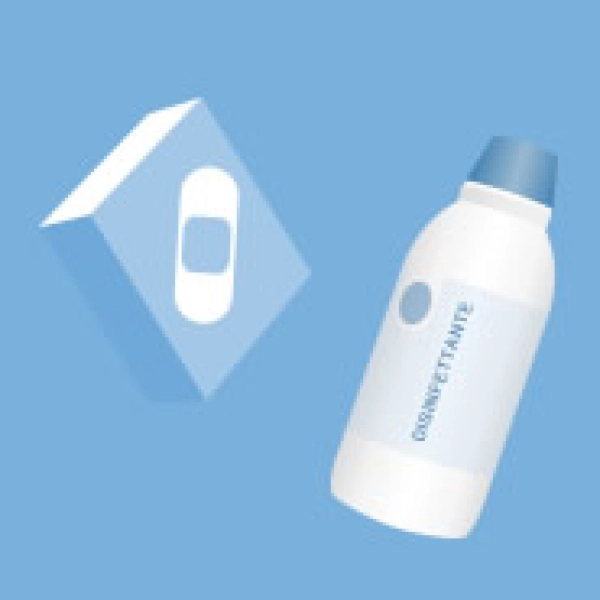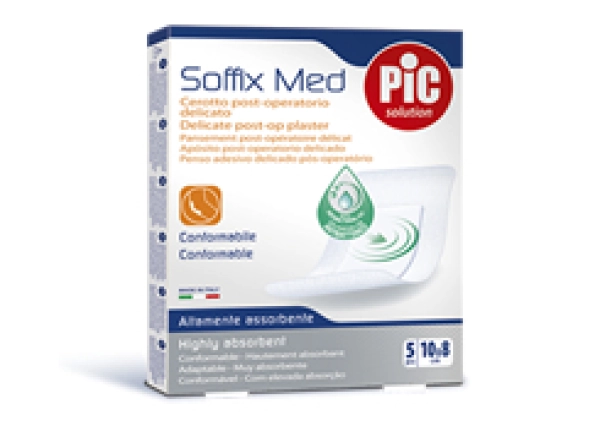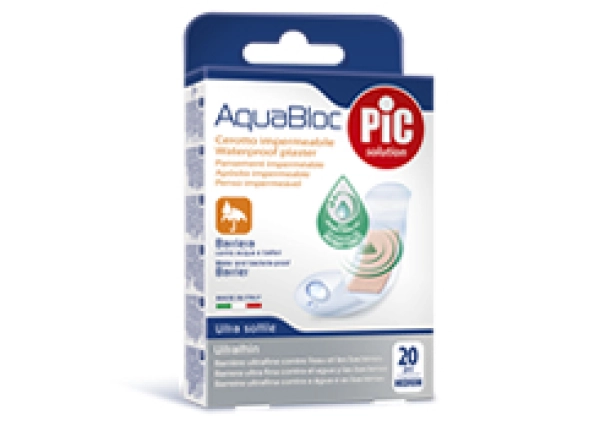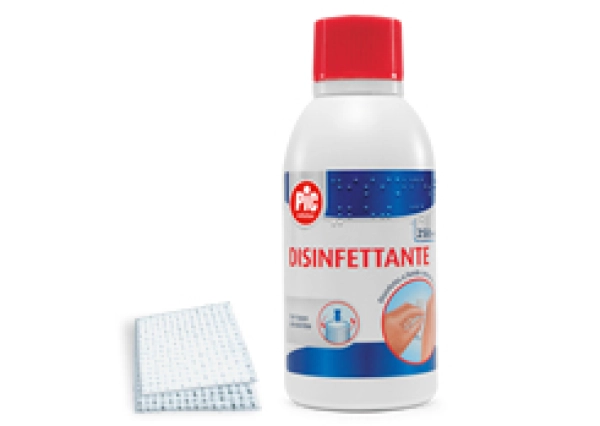

Wounds are lesions that break the surface of the skin. They can happen as grazes, scrapes or cuts. But what are the guidelines for judging the severity of these different types? By how painful it is, for example, or difficulty of movement, as well as the depth of the cut or the extent and amount of blood loss.
Grazes are a type of wound caused by the skin hitting or rubbing against an external object that cuts into its outermost layers. Superficial grazes usually don't have a serious effect on human health. Deeper ones, however, are a more serious type of wound caused by contact with a rough and irregular surface that removes deep layers of skin.
Now let's talk about more serious wounds, like those caused by sharp objects. A laceration is caused by something sharp, like a nail, for example, going through the skin. With a laceration, as well as the tearing of the skin, splinters or other residue can lodge inside the body which can make the situation even more complicated. If there are bacteria or other pathogens around, there is more chance of infection with this type of wound.
Another type of serious injury is the incision wound, a cut caused by a sharp object that slices the skin cleanly apart: a knife injury is a perfect example. This type of cut usually involves a significant loss of blood, with hemorrhaging from a vein, or in more serious cases, from an artery, an injury that requires immediate medical help.
Another type of wound that's completely different to the others is one left by a surgical procedure. As it's an incision that's been done by a professionally qualified person, it will heal without complications in a specific time, as long as it's treated correctly.






